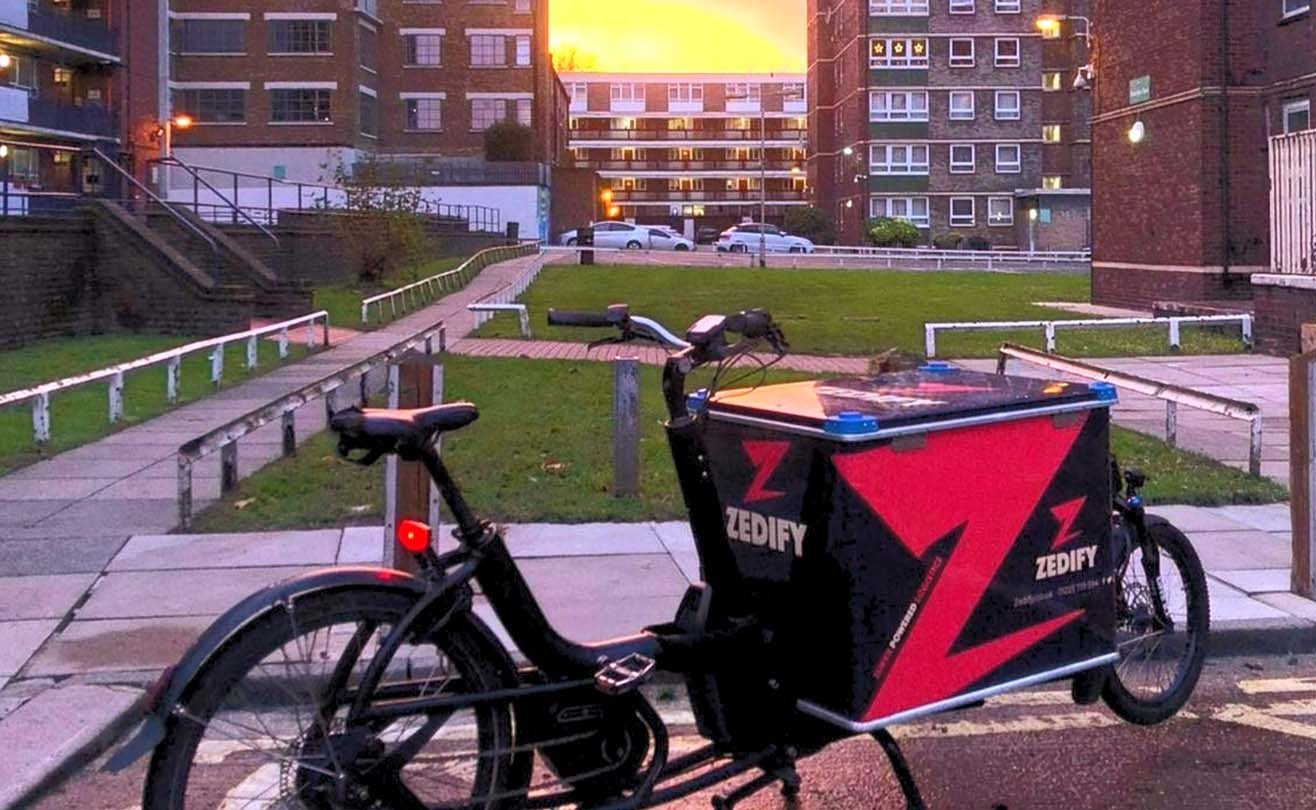Looking out at the weather today, it’s hard to believe that just a week ago the UK was battling its highest ever temperatures (hitting 40 degrees for the first time – not a great milestone). A recent Met Office event summary shows that the heat we just experienced was “far more intense and widespread than previous comparable heatwaves”, and MIT Technology Review have drawn a direct link between the soaring temperatures and global warming.
Some of us revelled in the heat and some of us shied away from it, but it’s no secret that the weather we saw last week was more than just summer sun. It was more, even, than a cyclically scheduled heatwave, which occur naturally every 115 years or so; its intensity was a direct result of human activity. New Scientist recently published an article on the matter, stating that “every heatwave today was made more likely by climate change and there is no longer a need to wait for studies to tease out its role in individual extreme heat episodes”.
In countries outside the UK, the situation is increasingly dire still; a record-breaking heatwave in north-west India and Pakistan is now more than 100 times more likely because of climate change. So there we go – we’ve got ourselves into this mess, and it’s down to us to get us out of it.
Heat like this poses a serious risk to human health in many ways, both direct and indirect. It puts pressure on our bodies, damages our food sources and harms our natural and built environments. The poorest amongst us suffer the most as they are usually the ones with the fewest material protections and are often without access to basic necessities, such as increased water supplies or shelter.
In London, the epicentre of the UK’s recent heatwave, city dwellers were badly affected by more than just the heat itself. The BBC covered the story of Jorda, a west London resident, who lives with her two daughters in a flat. The temperature inside the flat was raised to more than 30 degrees Celsius before midday for multiple days, transforming her home into an oven. Like many others, her flat is not designed for this heat; her small concrete balcony gets no shade and is rendered unusable due to “exhaust fumes, dust, traffic noise and other pollution.” Jorda has severe asthma, a condition closely linked to high pollution levels, meaning that the heat poses a direct risk to her health. Increased heat levels mean more ground-level ozone – this is the main component of smog – which harms the respiratory system.
It is clear that the high temperatures seen in the UK are certainly not something to be celebrated. Met Office Chief Scientists Professor Stephen Belcher opines, “In a climate unaffected by human influence, climate modelling shows that it is virtually impossible for temperatures in the UK to reach 40 degrees Celsius.” You don’t need to be a meteorologist to know that London should not be hotter than the Western Sahara.
Despite the scary stats, all hope is not lost – it’s how we go forward now that counts. We can all play our part in the journey towards net-zero emissions, and our collective actions will slow these rising extremes.



 April 9, 2021
April 9, 2021 Bex Young
Bex Young 5 minute read
5 minute read

